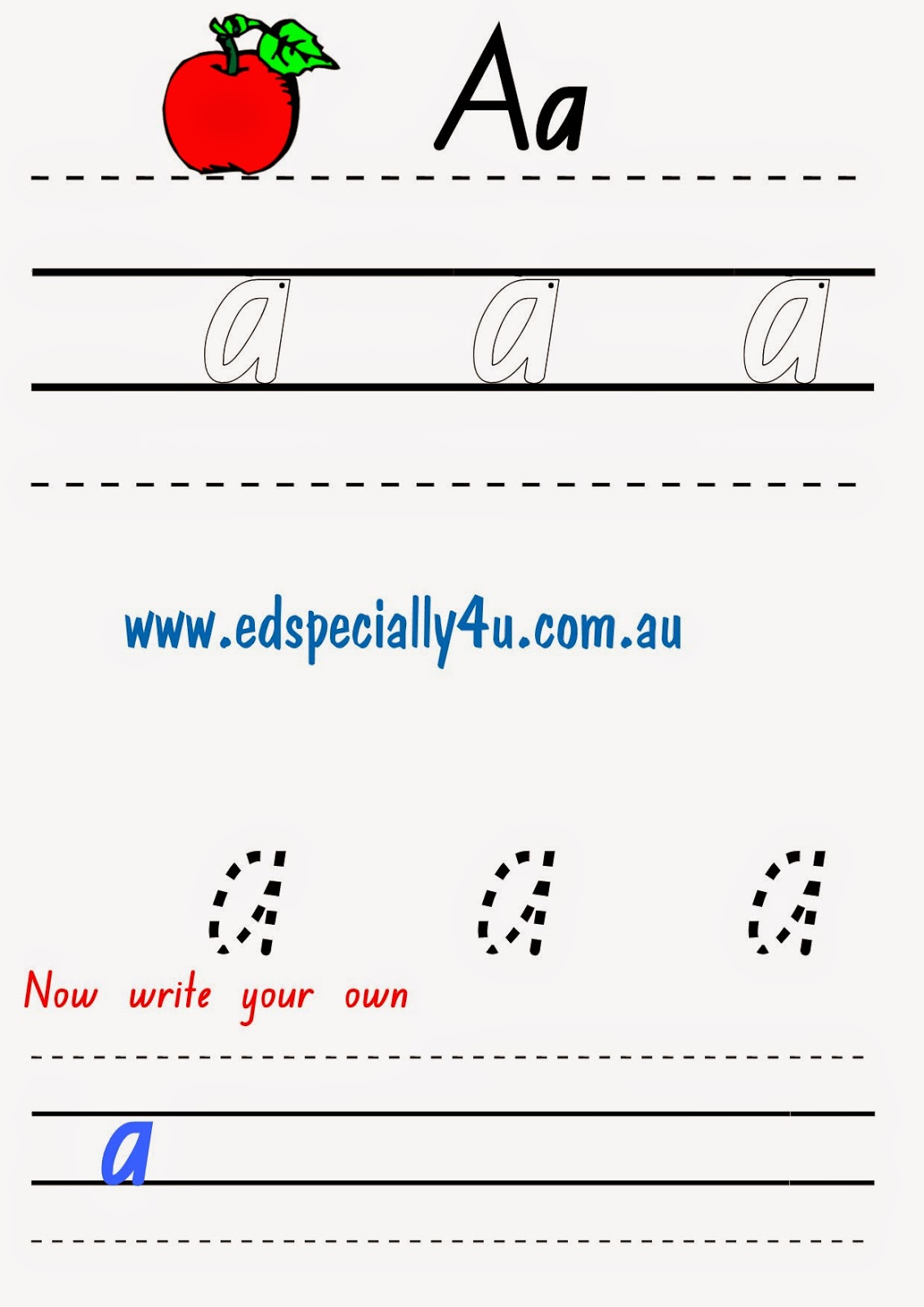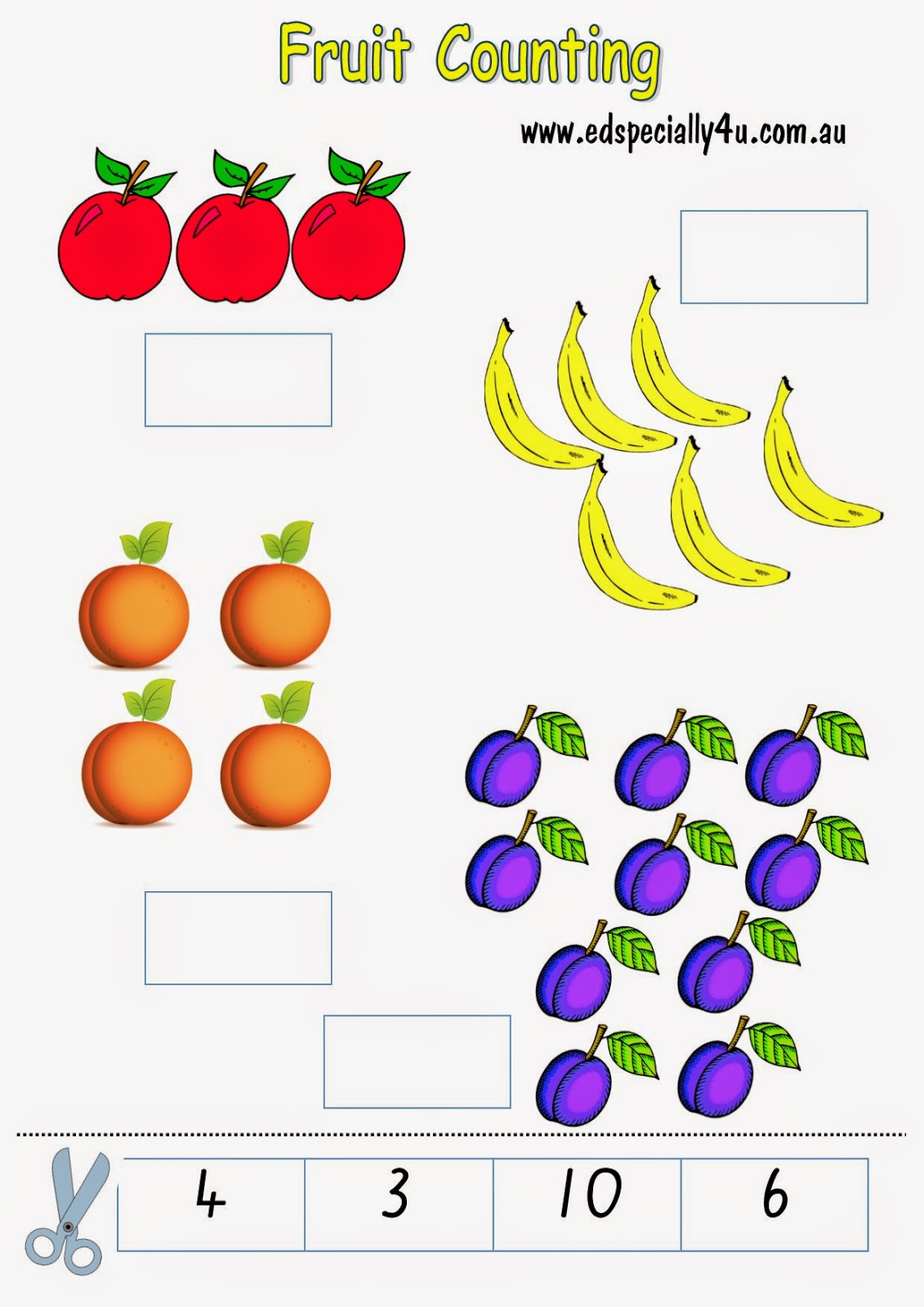Introduction to Reading and Phonics: The ED Specially 4U way
Over the past 7 years the ED Specially 4U literacy programs have taught hundreds of children how to read or started them on their road to literacy. We are immensely proud of the unique program that has been developed based on over 20 years of classroom instruction.
What is phonics? Quite simply it is letters and their sounds.
We developed our program using resources that are bright, colourful and motivating. Our students love learning their letters with refreshing and 'hands on' learning resources.
LETTER STARS
This is our first step to phonics instruction. Stars are the shape that we use within our program to signify that the sound is a 'beginning' sound of a word. So from the first, we introduce sounds on these stars as we teach them in relation to real words that start with that sound.For example: /a/ is for apple.
Each different letter is given a colour, and this colour remains constant throughout all of our resources to assist in optimum learning.
Each letter has a group of words in which the targetted sound is the beginning of the word. Coupled with the words is a graphic which can be represented in either line drawing or photograph dependent on the learning styles/ability of the student. Each letter has 5 graphic cards to correspond with the letter star (with letter x as the only exception, with 3 graphic cards)
%2B(2014_02_28%2B03_56_53%2BUTC).jpg) | |||||||||
| Letter Stars |
%2B(2014_02_28%2B03_56_53%2BUTC).jpg) |
| PHONICS 4 U |
This CD reinforces the letter name, sound and the names of each graphic which start with this sound, through repetition that the students quickly learn.
To further practice and reinforce the letter and it's sound we introduce each letter with an ED Specially 4U READER in both A4 and B4 sizes (which allows for classroom use). Each student holds a B4 reader and completes tasks while looking at the letter which is printed in both Upper and Lower case as well as each of the graphics and their printed word.
%2B(2014_02_28%2B03_56_53%2BUTC).jpg) | |||
| B4 Beginning Letter Reader |
%2B(2014_02_28%2B03_56_53%2BUTC).jpg) | ||
| A4 Beginning Letter Reader |
As can be seen in this picture our students enjoy interacting with the reader. This is a great opportunity to model and practice correct letter writing formation. Our students also enjoy finding the targeted sound for the week at the beginning of the word - sometimes the words have the sound more than once and as an extension our students find the letter in different places in the word (ie. beginning and ending - 'w' for window). This activity also allows discussion of what is a letter and what is a word - often something that our students are thinking about for the first time.
Our letters are reinforced with several different resources:
%2B(2014_02_28%2B03_56_53%2BUTC).jpg) | |
| A4 wall display |
Wall displays and charts are a fantastic tool to reinforce the letters, their sounds and the words that start with that sound.
.jpg) | ||
| a-z Letter Cards |
Letter cards are extremely useful and we use these in both the coloured and non-coloured backgrounds. The coloured backgrounds are used only in the beginning of instruction for those students who require extra support in identifying the letters. Usually we practice with the non-coloured letter cards when we are starting to blend the sounds together to form words.
For students who have difficulty identifying the letters and recalling their sounds we use the
'3 & 6 Grid matching' activity. This resource provides support to match the letters only for those who can, or to increase their skill to selecting the correct letter when requested by the teacher, until they are confident to name the letter and it's sound. This resource is tailor made for our students who require extra learning support.
.jpg) |
| 3 and 6 Grid Matching |
Once we introduce the letters we then continue to reinforce them throughout our program as we learn new letters. We try to do this consistently through games and hands-on learning opportunities to ensure that we are offering a multi-sensory learning approach.
Sometimes we reinforce the letter and sound learning by making playdough letters, writing in sand or shading sandpaper letters. This can be achieved by using the laminated letter cards as a guide or the children can do this with just the letter as a model.
Each week we enjoy making a craft activity using the beginning sound we have targetted for the week.
 | |||||||||
| /a/ is for ant |
Students also practice their letter writing on our customised and personalised writing worksheets
Games are used weekly to reinforce the previous week's learning, and letters are constantly reviewed and reinforced this way.
Look out for the ED Specially 4U beginning sound games blog to learn more about the games offered in our program.
Learning phonics at ED Specially 4U is a fun and motivating experience
For the Love of Learning
%2B(2014_02_28%2B03_56_53%2BUTC).jpg)



.jpg)
.jpg)


.bmp)





.bmp)























.jpeg)




